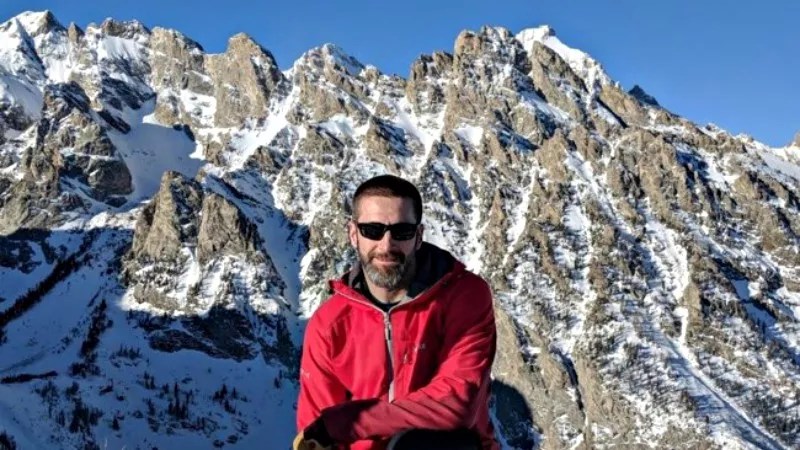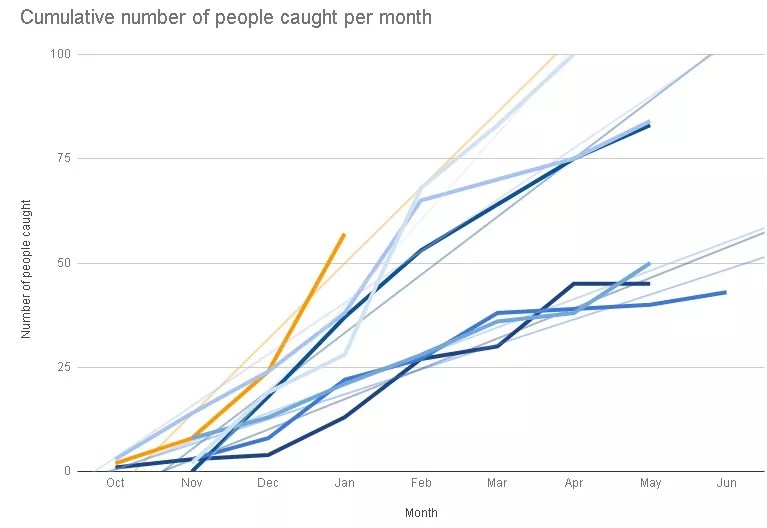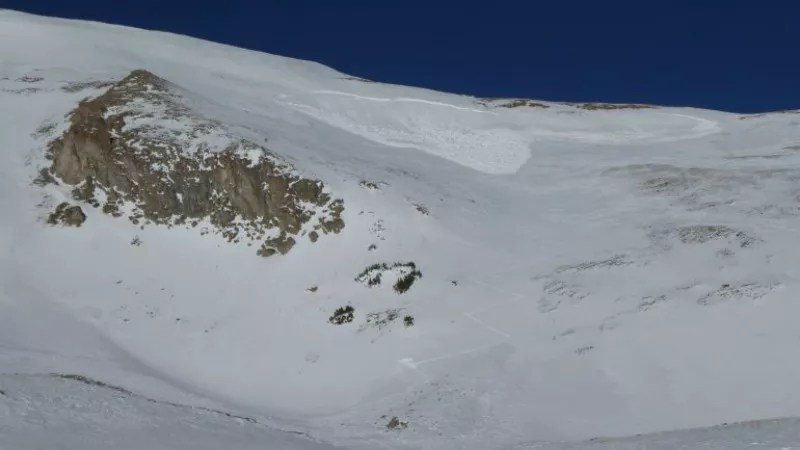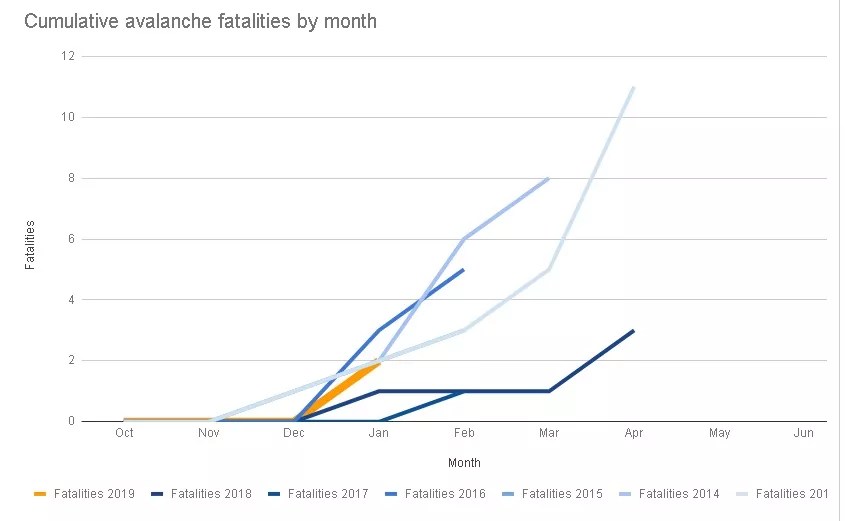

Audio By Carbonatix
In a November 2018 post focusing on avalanche safety tips, Colorado Avalanche Information Center deputy director Brian Lazar encouraged those venturing into the backcountry to take an avalanche safety class.
That’s wise advice. Yet what happened to Longmont’s Peter Marshall is an indication of how treacherous this winter has been thus far in regard to high-country slides.
On January 5, Marshall was part of a group on Red Mountain Pass participating in a safety course with instructors from the Silverton Avalanche School when the very phenomenon he was studying swept him away. Those he was with dug him out of snow that had buried him, but they couldn’t revive him. He was forty years old.
Plenty of other people in Colorado have found themselves in similar circumstances this winter.
When news happens, Westword is there —
Your support strengthens our coverage.
We’re aiming to raise $50,000 by December 31, so we can continue covering what matters most to this community. If Westword matters to you, please take action and contribute today, so when news happens, our reporters can be there.

This graphic depicts the number of people caught in Colorado avalanches per month from 2013 through January 2019.
A new analysis of “close calls” by the CAIC documents 42 avalanches that involved 57 people in the state through January. Of the latter group, seven were either fully buried or had their head trapped under the snow, and two of them, including Marshall, died.
Moreover, the 32 people caught in January avalanches was almost three times more than during the same month in recent years. There’s only been one month in the last forty – February 2013 – that had a greater number of what the center describes as “involvements.” And the cumulative total to date is already much higher than in the entire winters of 2014-15, 2015-16 and 2017-2018.
Thus far, the fatality total for the winter of 2018-2019 isn’t a record-setter. But historically, Colorado has had more avalanche deaths than any other state.
From 1950-1951 to 2016-2017, the center confirms, 276 people died here under such circumstances. Alaska, the next closest state, registered 152 in the same period. This trend has continued into recent years. Between 2008-2009 and 2016-2017, Colorado suffered 59 avalanche deaths, twenty more than the next finisher, Washington state, over that span.

A look at a section of the Sawatch range where a group of backcountry tourers triggered and were caught in an avalanche circa December.
Lazar is confident that “we have a good and complete count on the number of fatal avalanche accidents.” But he’s less certain about close calls or near-misses: “Our number reflects the ones that were reported to us. We know that’s not all of them. If someone gets caught in an avalanche and never tells us, we wouldn’t know and therefore wouldn’t have it in our database. So the number we’re reporting isn’t all of those in the state. It’s a representative sample.”
As for why this season has been so bad, Lazar cites multiple factors, including “the way the winter’s unfolded. We had early-season snow – snowfall in October and November that didn’t melt away. It sat there long enough under some early-season dry conditions to turn into a weak layer of snow, which made for a poor foundation for the snowpack.”
Additionally, he continues, “across much of the state, it’s been a really snowy winter. That built thick layers of snow on top of this weak foundation. And when you’re loading weak layers at the bottom of the snowpack with heavy snow on top, that’s conducive for creating avalanches. When you build any kind of structure, you don’t want to have a weak foundation, and with snowpack, it’s really no different.”
While this scenario is more extreme this season, it’s hardly unprecedented. In Lazar’s view, “Colorado has seen more fatalities than other states due to both the nature of our snowpack, which tends to produce widespread weak layers, and the fact that we have large swaths of snow-covered mountains in close proximity to urban centers.”

This graphic shows the number of avalanche fatalities in Colorado per month from 2013 to January 2019.
The lure of these magnificent features has led to an increase in those visiting the high country, Lazar points out. The greater rate of visitation has plenty to do with the rising number of dangerous slides.
Not that Lazar recommends people stay out of the mountains for the remainder of the season. Instead, he stresses that “cautious approaches are always a good idea. Before recreating in backcountry avalanche terrain, you should be aware of current conditions by reading the forecast. Get up-to-date information at colorado.gov/avalanche [an alternative address for the CAIC website], make sure you’re carrying the appropriate gear, traveling with a partner and that everyone in your group has an avalanche transceiver, a shovel and a probe. And get some training that will help you to use the forecast more effectively and teach you how to use rescue equipment if something goes wrong.”
When asked about what happened to Marshall, Lazar stresses that “every avalanche fatality is a tragic event – no less so when people are killed in an avalanche while getting training to help keep them safer.” He adds, “If you look at the trend line of avalanche fatalities in the U.S. over the near term, the fatality rate is flat and may be showing some signs of a slight decrease, despite the dramatic growth in the number of backcountry users.” Among the reasons for that, he feels, is better avalanche education, as well as higher quality forecasts and an improving ability to disseminate vital information to the public.
At the same time, risks can’t be entirely eliminated. In Lazar’s words, “Avalanches are a real natural hazard, and they kill people.”